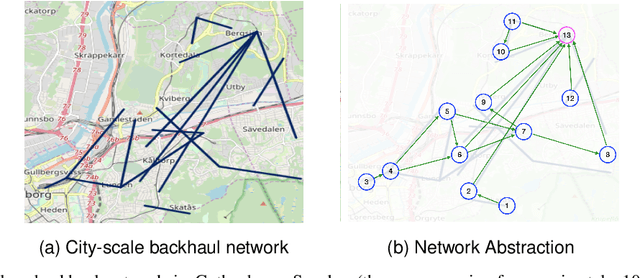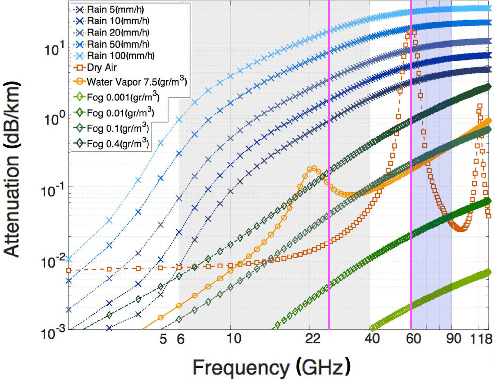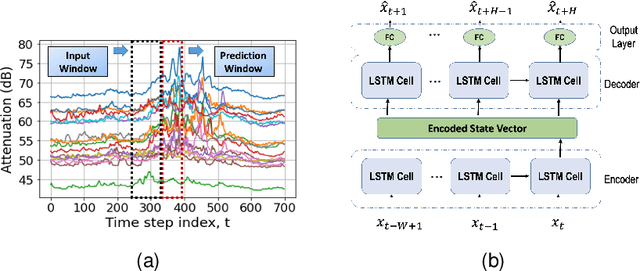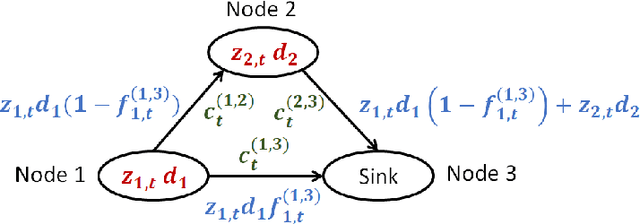Switching in the Rain: Predictive Wireless x-haul Network Reconfiguration
Paper and Code
Mar 07, 2022



Wireless x-haul networks rely on microwave and millimeter-wave links between 4G and/or 5G base-stations to support ultra-high data rate and ultra-low latency. A major challenge associated with these high frequency links is their susceptibility to weather conditions. In particular, precipitation may cause severe signal attenuation, which significantly degrades the network performance. In this paper, we develop a Predictive Network Reconfiguration (PNR) framework that uses historical data to predict the future condition of each link and then prepares the network ahead of time for imminent disturbances. The PNR framework has two components: (i) an Attenuation Prediction (AP) mechanism; and (ii) a Multi-Step Network Reconfiguration (MSNR) algorithm. The AP mechanism employs an encoder-decoder Long Short-Term Memory (LSTM) model to predict the sequence of future attenuation levels of each link. The MSNR algorithm leverages these predictions to dynamically optimize routing and admission control decisions aiming to maximize network utilization, while preserving max-min fairness among the base-stations sharing the network and preventing transient congestion that may be caused by re-routing. We train, validate, and evaluate the PNR framework using a dataset containing over 2 million measurements collected from a real-world city-scale backhaul network. The results show that the framework: (i) predicts attenuation with high accuracy, with an RMSE of less than 0.4 dB for a prediction horizon of 50 seconds; and (ii) can improve the instantaneous network utilization by more than 200% when compared to reactive network reconfiguration algorithms that cannot leverage information about future disturbances.
 Add to Chrome
Add to Chrome Add to Firefox
Add to Firefox Add to Edge
Add to Edge